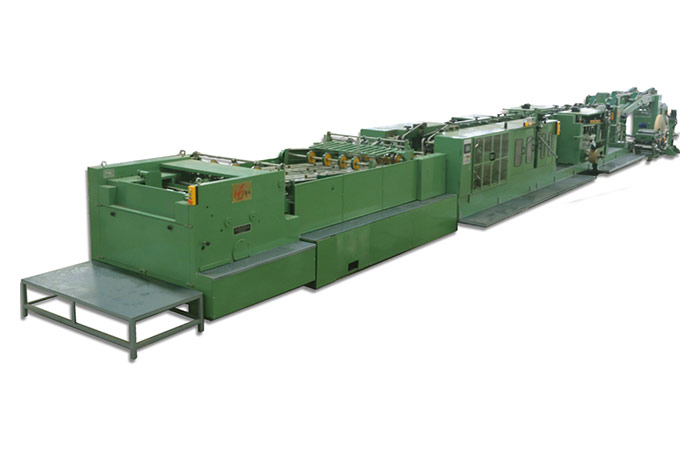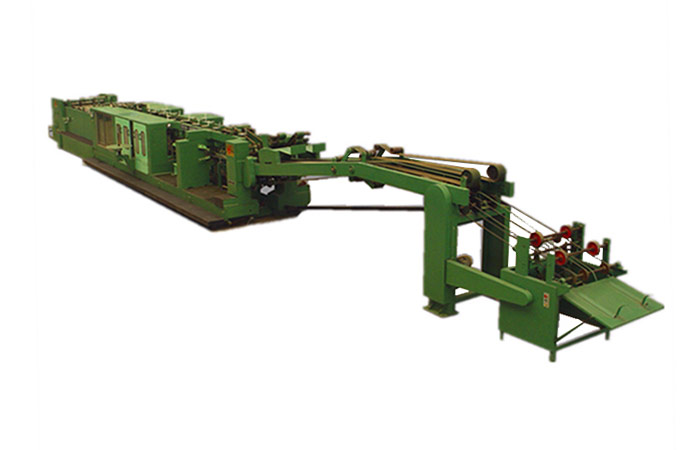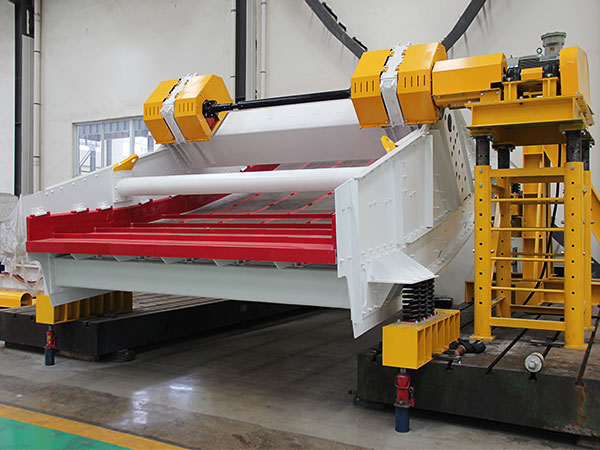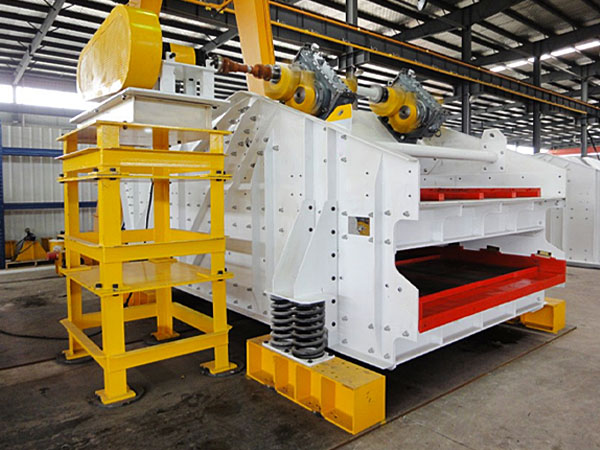https://www.ls-casting-mold.com/wp-content/uploads/2022/08/paper-tube-machine-2.jpg
376
495
lsmojv
http://www.ls-casting-mold.com/wp-content/uploads/2018/12/lslogo-300x138.png
lsmojv2023-05-24 14:19:192023-05-24 14:19:19What are the operation steps of bag making machine
https://www.ls-casting-mold.com/wp-content/uploads/2022/08/paper-tube-machine-2.jpg
376
495
lsmojv
http://www.ls-casting-mold.com/wp-content/uploads/2018/12/lslogo-300x138.png
lsmojv2023-05-24 11:32:542023-05-24 11:32:54What is the price of bag making machine
https://www.ls-casting-mold.com/wp-content/uploads/2022/03/calcium-hydroxide.jpg
450
600
lsmojv
http://www.ls-casting-mold.com/wp-content/uploads/2018/12/lslogo-300x138.png
lsmojv2023-05-24 11:08:222023-05-24 11:08:22WHAT IS HYDRATED LIME USED FOR?
https://www.ls-casting-mold.com/wp-content/uploads/2022/03/calcium-hydroxide.jpg
450
600
lsmojv
http://www.ls-casting-mold.com/wp-content/uploads/2018/12/lslogo-300x138.png
lsmojv2023-05-24 10:54:122023-05-24 10:54:12WHAT FIELDS ARE CARBON DIOXIDE ADSORBENTS USED IN?
https://www.ls-casting-mold.com/wp-content/uploads/2022/02/移动氢氧化钙生产线7-e1644565056663.jpg
529
600
lsmojv
http://www.ls-casting-mold.com/wp-content/uploads/2018/12/lslogo-300x138.png
lsmojv2023-05-24 10:45:262023-05-24 10:45:26HOW IS CALCIUM HYDROXIDE PRODUCED FROM LIMESTONE?
https://www.ls-casting-mold.com/wp-content/uploads/2022/02/Vibrating-Screen4-1.jpg
450
600
lsmojv
http://www.ls-casting-mold.com/wp-content/uploads/2018/12/lslogo-300x138.png
lsmojv2023-05-24 09:54:432023-05-24 09:54:43What is the specification of a vibrating screen?
https://www.ls-casting-mold.com/wp-content/uploads/2022/02/Vibrating-Screen4-1.jpg
450
600
lsmojv
http://www.ls-casting-mold.com/wp-content/uploads/2018/12/lslogo-300x138.png
lsmojv2023-05-24 09:46:102023-05-24 09:46:10What are the vibrating screen parts?
https://www.ls-casting-mold.com/wp-content/uploads/2022/02/Vibrating-Screen4-1.jpg
450
600
lsmojv
http://www.ls-casting-mold.com/wp-content/uploads/2018/12/lslogo-300x138.png
lsmojv2023-05-24 09:39:092023-05-24 09:39:09What is the working principle of banana vibrating screen
https://www.ls-casting-mold.com/wp-content/uploads/2021/06/高压球机7.jpg
400
600
lsmojv
http://www.ls-casting-mold.com/wp-content/uploads/2018/12/lslogo-300x138.png
lsmojv2023-05-24 09:30:252023-05-24 09:30:25What is briquetting press?
https://www.ls-casting-mold.com/wp-content/uploads/2022/06/20181211140209_1420.jpg
450
700
lsmojv
http://www.ls-casting-mold.com/wp-content/uploads/2018/12/lslogo-300x138.png
lsmojv2023-05-24 09:22:262023-05-24 09:22:26How does a compound cone crusher work?
Scroll to top







